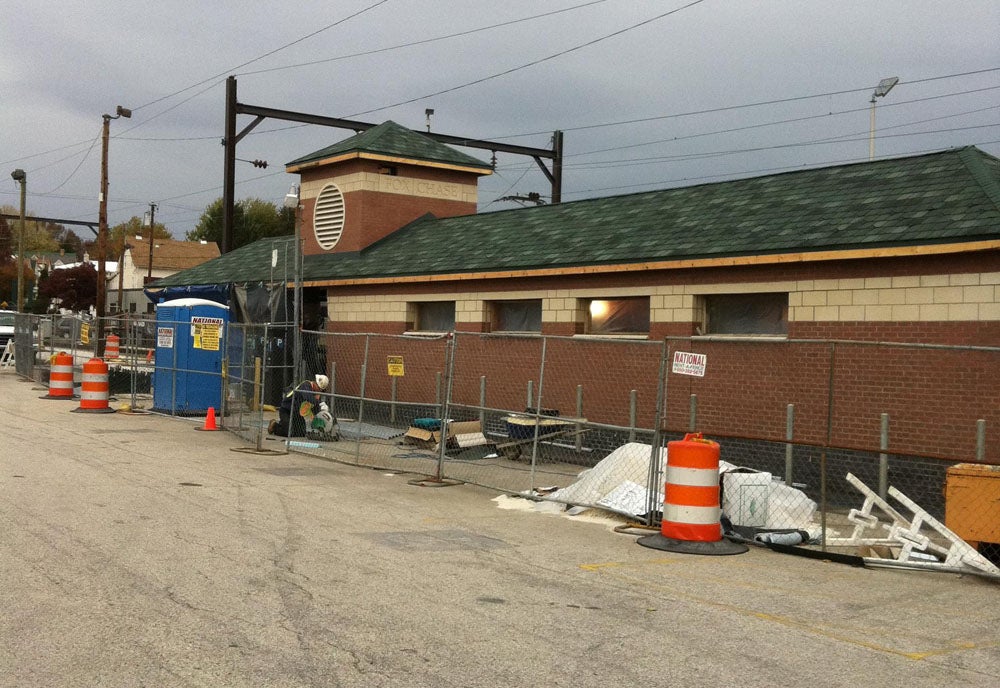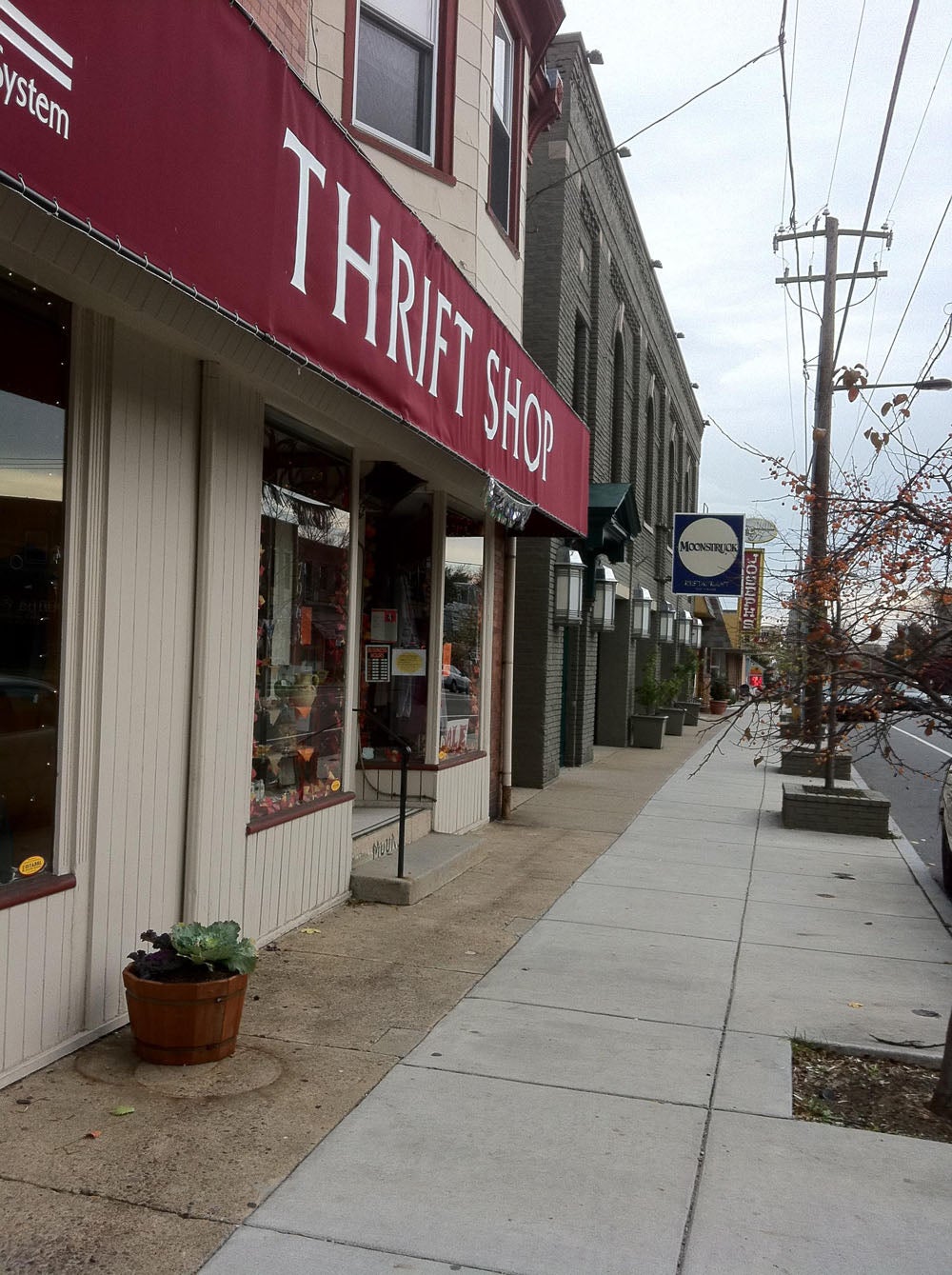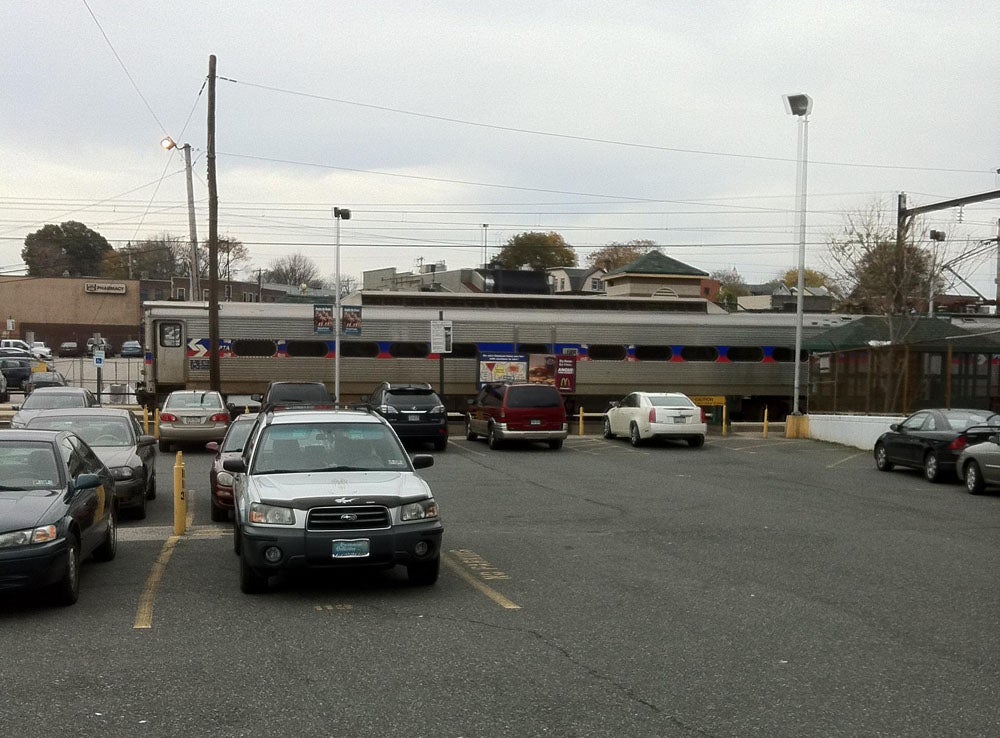Transit-oriented development grows in Fox Chase, but doubts exist in business community
Perhaps one of the most notable characteristics of the Fox Chase section of Northeast Philadelphia is its train station and its relationship with the businesses dotted throughout the thriving neighborhood.
The Zoning Code Commission recognizes the existing and potential transit-oriented development around the Fox Chase Station.
The commission charted a list of 23 areas in Philadelphia that show promise as present or future examples of this sort of development. The area around Fox Chase Station made this list, and was the only location in the western part of the Northeast to do so.
The current and potential development around the Fox Chase Regional Rail station is important because transit-oriented development — the fostering of compact walking communities that revolve around train stations — is redefining towns all across the country and the region.
According to Robert Cervero, a renowned researcher of city and regional planning at the University of California at Berkeley, the U.S. has 100 sizable examples of transit-oriented development.
Many residents believe that Fox Chase is an important example of transit-oriented development, yet there is disagreement as to how beneficial the station is for neighborhood businesses.
Some business owners along the bustling Oxford Avenue corridor beside the Fox Chase rail station are grateful for the rail line’s presence. The train station “definitely is a benefit,” said Sally Danciu, the owner of Sally’s Flowers, across the street from the Fox Chase station.
“Ridership happens to be up at our train station, and it does bring more customers into the area, customers that normally would not come here.” Rail commuters pick up flowers from the flower shop on their way to or from work, she said.
Just a few doors down at Fox Chase Deli and Catering, owner Lauren Killen agreed with Danciu’s assessment. Killen welcomes the the sights and sounds of train commuters buying breakfast, or just coffee, from her store each morning.
Like some Fox Chase homeowners, Craig Turner, zoning chairman for the Fox Chase Homeowners Association, sees public transit as a positive force for development.
“I would think that the number of commuters coming into the area [the train station] both on foot and by car, have to at least expose the local businesses to more potential customers,” he said.
Turner also pointed out how important mass transit is for large employers. Fox Chase Station and neighboring Ryers Station help facilitate development at the Fox Chase Cancer Center and Jeanes Hospital, he said.
Still, not every business is convinced of the benefits of transit-oriented development.
“None of our employees rely on it [the train], and few of our customers use the train to shop at our store,” said Caroline Rieker-Mahoney of Rieker’s Meats. While the train station might be important for some customers, she said, it does not have a large impact on her establishment.
Joe Dollak, president of the Rockledge-Fox Chase Business Association and owner of The Carpet Shop, pointed out that few people ride the train to get to his business and others.
While Fox Chase Station is more often thought of as an example of transit-oriented development, an adjacent stop on the line, Ryers Station, also has potential for transit-oriented development. John Ervin, a neighboring resident of the station, sees some chance for business development.
Matthew Mitchell, a director at the Delaware Valley Association of Rail Passengers, DVARP, is a staunch proponent of transit-oriented development. Mitchell recognizes that train stations can play a vital role for businesses. “Balanced rail and road access is welcoming for small and medium-sized businesses,” Mitchell said. [Full Disclosure: The author is an organizing member of DVARP]
Mitchell also believes train stations can benefit large businesses, since their employees can commute by train and they do not need as many parking spaces.
A seasoned rail rider, Mitchell is familiar with Fox Chase Station, and the shops around it. He classified Fox Chase as one of the Philadelphia-area’s original examples of transit-oriented development. He referred to the large park-and-ride lot that enables commuters from Northeast Philadelphia and Montgomery County to ride the train. According to Mitchell, these riders do not merely pass through Fox Chase to access the station. Commuters can “pick up food for dinner or dry-cleaning” after leaving the station, Mitchell said.
While many believe Fox Chase Station and the businesses around it are currently emblematic of transit-oriented development, some have high hopes for even more development. Craig Turner, with the Homeowners Association, is one of those dreamers.
“I would like to see condo buildings replace some of the dilapidated and unsightly industrial uses around the station,” said Turner. Turner admitted that he was unaware of any developers expressing interest in this idea. He also acknowledged that zoning hurdles would have to be overcome.
Turner thinks the train station can also have a negative impact on the neighborhood, just as any large, unsupervised area might. He and other residents are especially concerned about graffiti, drugs and vandalism. Graffiti adorns walls around the Fox Chase station. Turner said he wishes that SEPTA Transit Police could provide better patrols of the station at night.
DVARP’s Mitchell has a message for neighborhood associations, like the Fox Chase Homeowners Association, and business associations, like the Rockledge-Fox Chase Business Association.
He prescribes to the idea that the best thing people can do to foster transit-oriented development is to ride rail in the first place.
Contact the reporter at Andy.Sharpe.reporting@temple.edu
WHYY is your source for fact-based, in-depth journalism and information. As a nonprofit organization, we rely on financial support from readers like you. Please give today.






